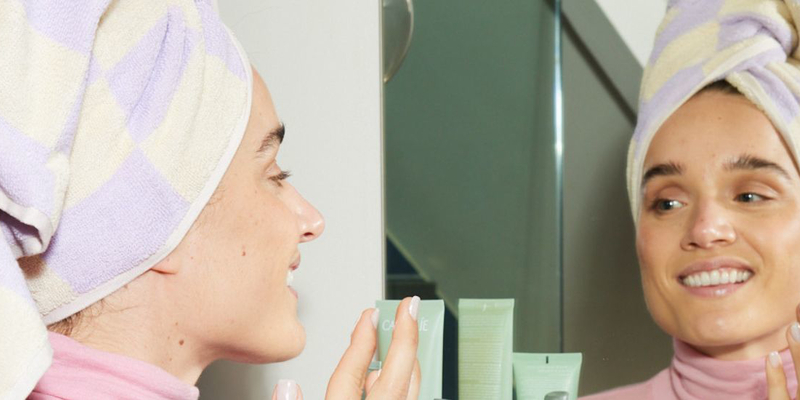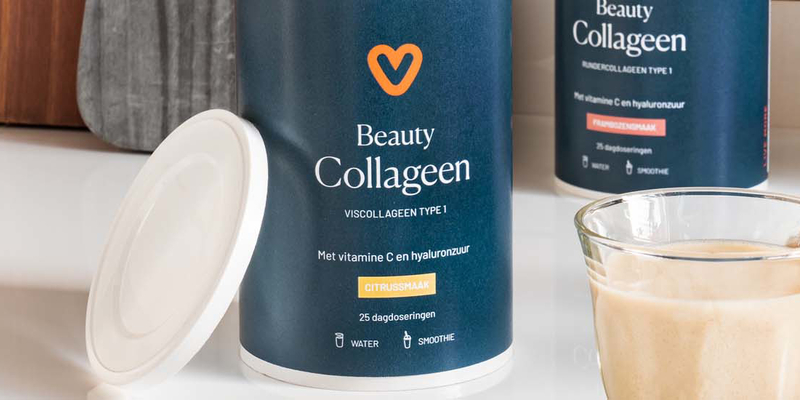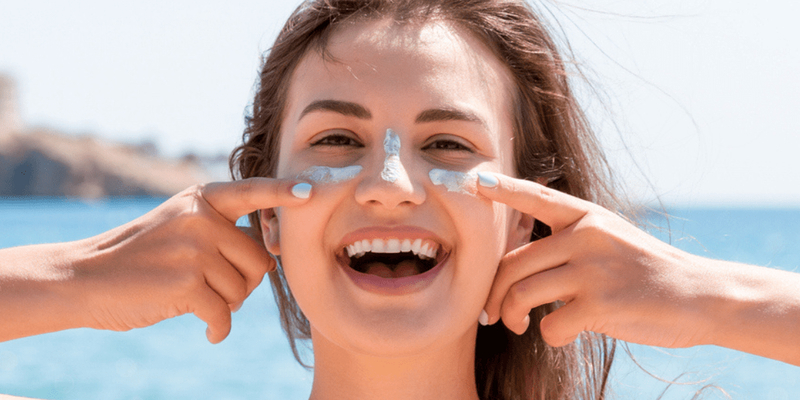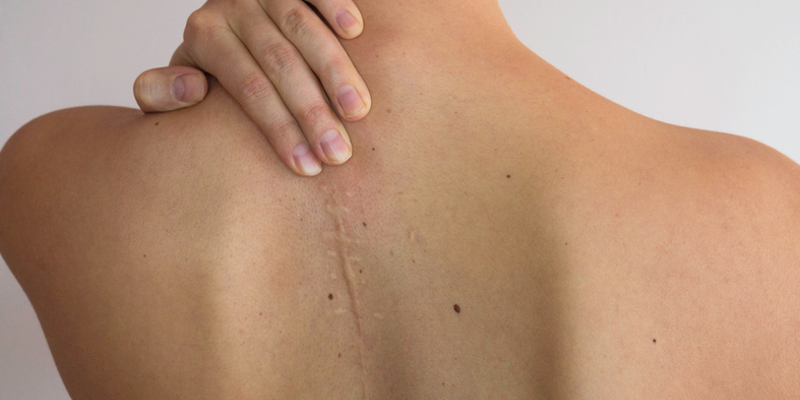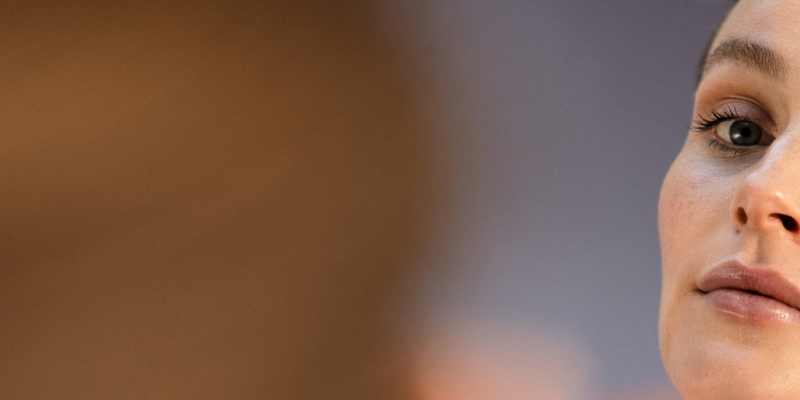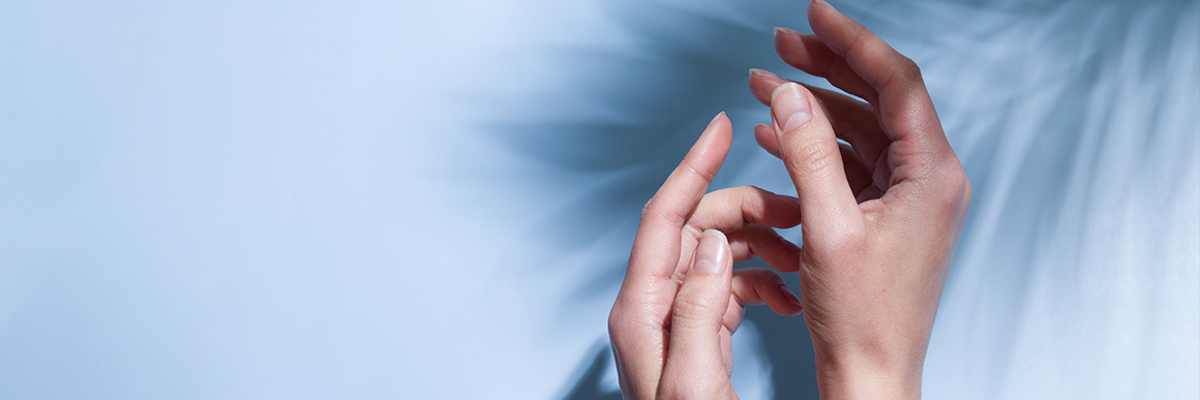
How to Prevent Split Nails
One of the most common nail problems: split nails. When a nail splits, the different layers of the nail plate have separated. This can occur due to a lack of moisture and/or nutrients. When the layers are no longer 'glued' together by moisture, they separate, resulting in split nails that are prone to tearing. It's similar to split ends caused by dry hair, where the only remedy is to trim the hair. Although dealing with split nails can be time-consuming, fortunately, there are plenty of measures you can take to prevent split nails in the future and support your nails from the inside and out.
Causes of Split Nails
In most cases, this is due to a lack of moisture in the nail. However, a deficiency in B vitamins and Iron can also be culprits. Ageing also contributes to thinning nails, and in some cases, a medical condition may be the underlying cause. Therefore, it is important to determine the cause of your split nails.
Preventing Split Nails
- Hydration, hydration. Your hands and particularly your nails are dry and thus need a moisturising cream. While a hand cream helps to restore moisture levels, a specialised nail cream or oil is recommended for split nails. A hand cream is also beneficial for the nails but primarily focuses on the skin of the hands. Many people use a cuticle oil, but this mainly hydrates the cuticles and does not necessarily reduce dry nails. Hydrate with plant-based oils such as jojoba and avocado oil and choose hydrating ingredients like glycerine and shea butter.
- At night, opt for an extra rich cream as a sort of overnight mask for the hands and cover your hands with cotton gloves to prevent stains on the bedding.
- Do not wash your hands more than necessary and use a hand cream after each wash. Even a good hand cream only lasts a few hours, so with split nails, regular application is not a luxury.
- Support the nails from the inside with a Skin Hair Nail supplement. It contains selenium and zinc, which are good for the nails.
- Trim your nails short, not with a nail clipper, but with a file. A nail clipper puts too much pressure on the nails, causing the layers to push apart, whereas filing the nails in one direction seals the layers. Use a special buffer file to polish the top layer. This makes the layer slightly thinner, allowing the middle keratin layer to absorb moisture more easily. An added benefit: your nails will shine beautifully, so you can skip the nail polish.
- Take a break from nail polish. Nail polish adheres less well to split nails, and nail polish-free hands give the nail a chance to breathe and absorb moisture. Many nail polishes are harsh and dry out the nail. If you want to remove the nail polish, choose a remover without the harsh ingredient acetone and, if necessary, opt for a mild nail polish based on plant-based ingredients. Nail hardeners also draw moisture from the nail and are therefore more suitable for thin nails rather than split nails.
- Wear protective household gloves during cleaning to avoid contact with excessive (hot) water and harsh cleaning agents.
- Pay attention to your diet. Vitamin B plays a role in normal, healthy nails, which is why biotin (vitamin B8) is recommended as a supplement. This also benefits skin and hair. You can obtain enough Vitamin B from food. While liver is a particularly rich source, there are also plenty of plant-based sources of Vitamin B. You can indulge in:
- Vitamin B1: sunflower seeds, hemp seeds, sesame seeds, cocoa, pecans, and Brazil nuts
- Vitamin B2: soy, flaxseed, almonds, egg, cheese
- Vitamin B3: tuna, chicken, beef, chia seeds, salmon, mushrooms
- Vitamin B5: sunflower seeds, shiitake, mushrooms, cheese, lentils
- Vitamin B6: sunflower seeds, pistachios, brown rice, anchovies
- Vitamin B11: soy, sunflower seeds, quinoa, parsley, spinach
- Vitamin B12: nori, mussels, sardines, mackerel, herring, and trout
B12 is the only one not found in plant-based sources. For those on a plant-based diet, a vitamin B12 supplement is recommended.
Nail Facts
- - Fingernails grow an average of 3.5 millimetres per month. Toenails grow much slower, at an average of 1.6 millimetres per month.
- - Men's nails grow faster than women's. Only during pregnancy do women surpass men.
- - White spots do not indicate a lack of calcium or zinc. Spots often occur due to pressure on the nails, for instance, if you have bumped them.
- - Like your hair, your nails are made of keratin. The composition is slightly different, but the same nutrition for your hair is also beneficial for your nails.
- - Nail biting is one of the most common 'nervous habits'. Half of children between 10 and 18 years old bite their nails. Most people stop around the age of 30.
- - It may sound strange, but the hard part on the tip of your finger is living tissue. It is therefore important that it gets oxygen. If not, it becomes harder for your nails to ward off infections. Moreover, nail polish also causes your nails to dry out.
- - Different times of the year can affect the speed at which your nails grow. They generally grow faster in the summer than in the winter.
- - The cuticles are there to keep bacteria out.
- - Have you ever wondered why a nail sometimes falls off after an injury? It's because your nail plate needs oxygen, blood, and nutrients to grow normally. An injury disrupts this process.
Written by: Myrthe Woest

